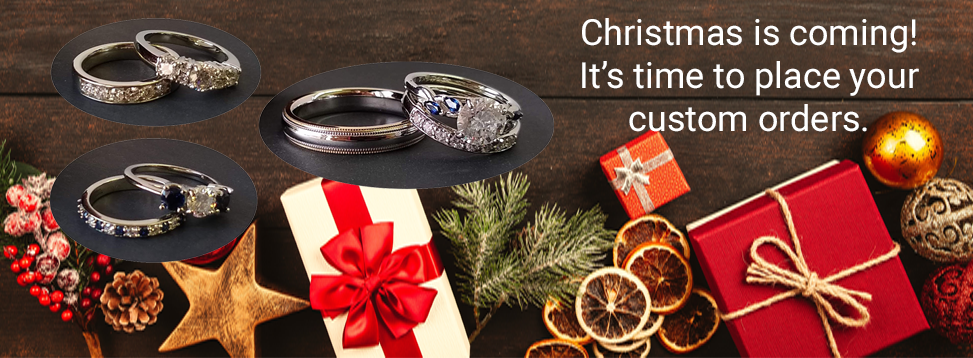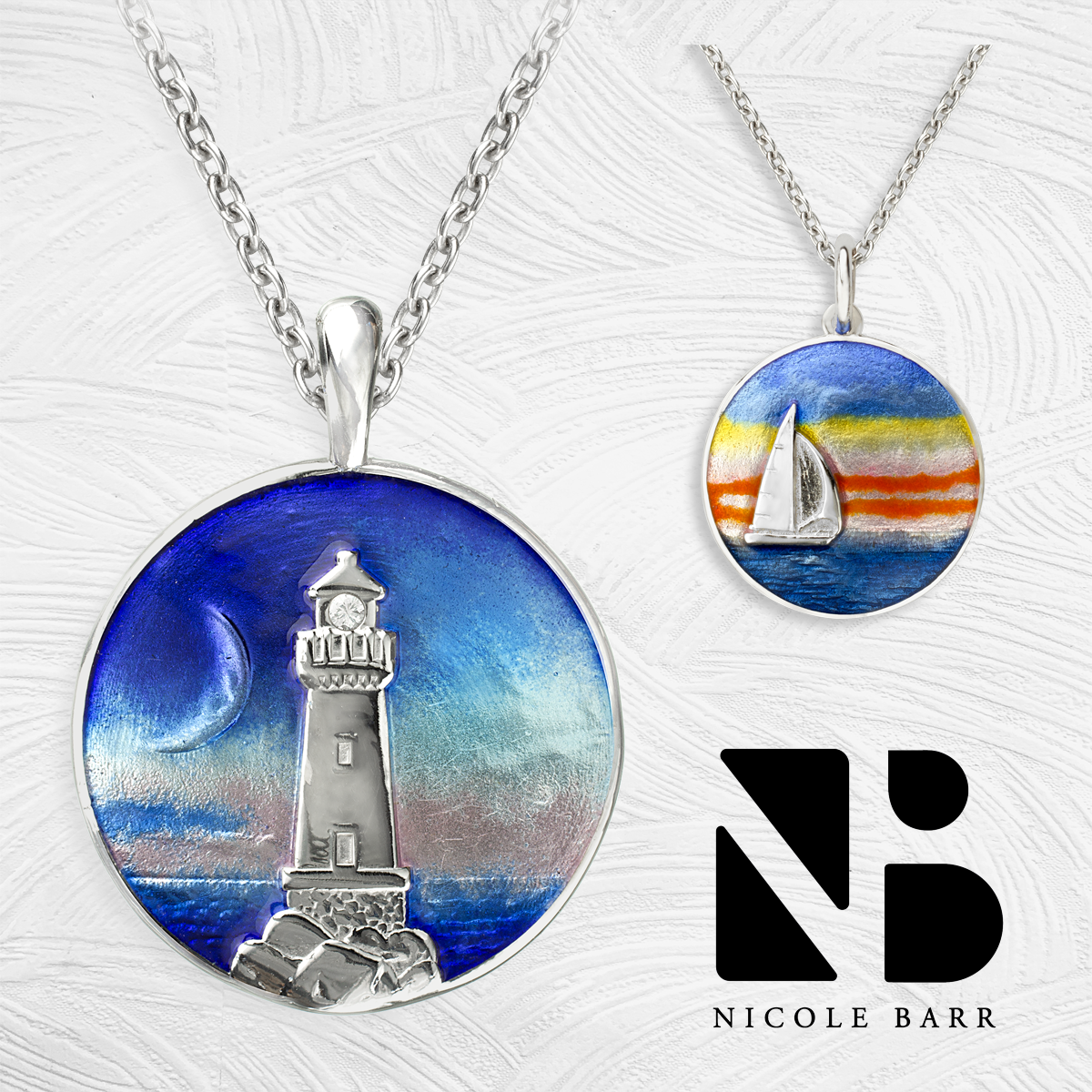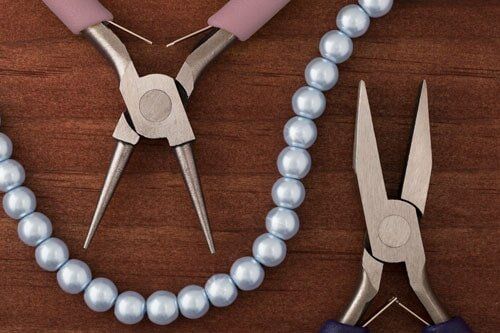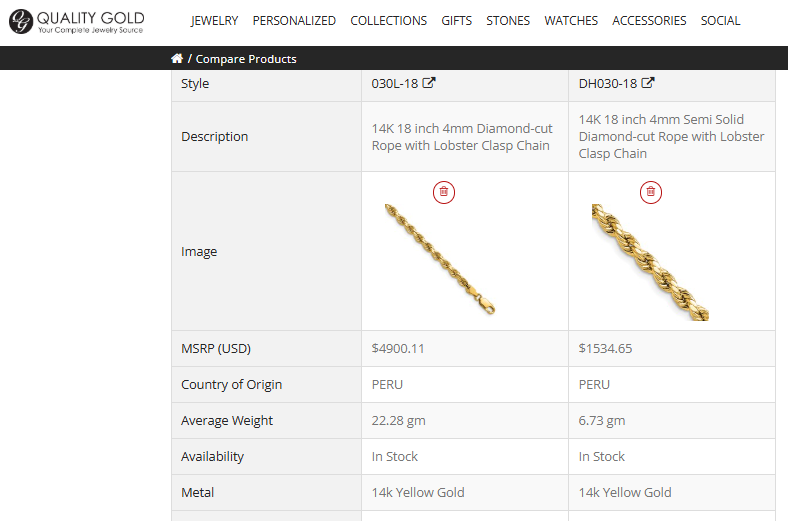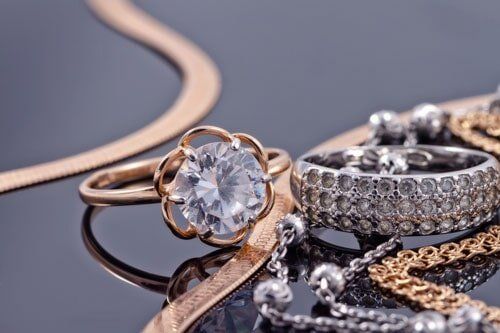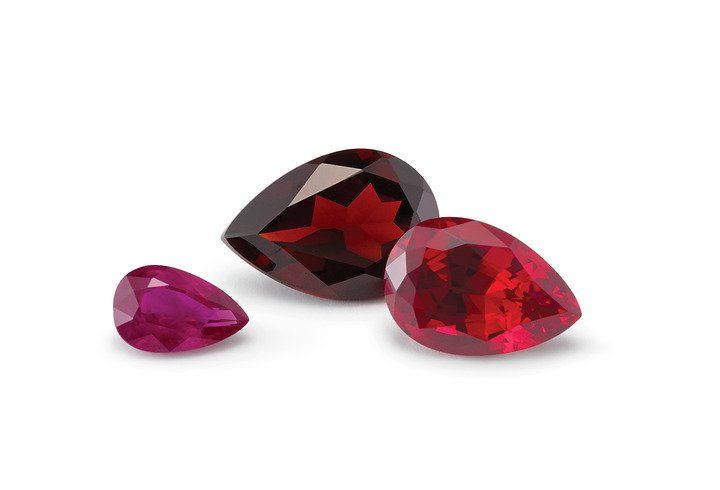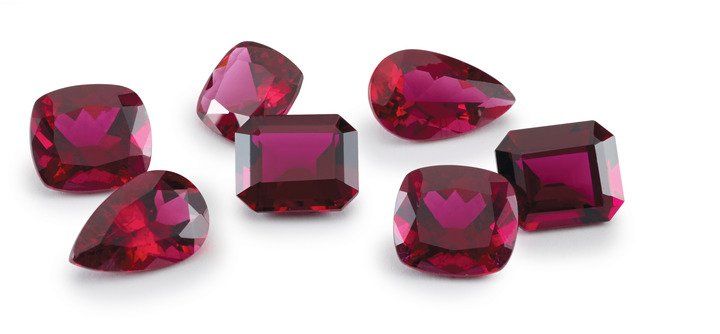Birthstone Profile: Ruby
July only has one birthstone, the ruby. But do you really need another? Rubies are also traditional gifts for the 15th and 40th wedding anniversaries. It is one of the four "precious" stones: diamond, ruby, sapphire, and emerald.
History
Rubies have been treasured for thousands of years. In ancient India, they were valued for their beauty and rarity. The Sanskrit name was ratnaraj
, "king of gems". Burmese warriors wore them for invincibility in battle. Medieval Europeans believed them to bestow health, wealth, wisdom, and success in love. The name comes from the Latin word ruber
, "red".
Ruby is the most expensive colored gemstone. It's price per carat is due to its rarity and beauty. In the past, both pink and red corundum stones were called rubies. Now, in North America and Europe, the lighter stones are called pink sapphire. This is because the prices were higher for dark rubies than light rubies, but fancy-colored sapphires are valued more.
The most expensive ruby ever sold s the Burmese Sunrise ruby. Named for a poem by Rumi, a 13th century Sufi poet, it is a 25.59 carat ruby set in a ring with diamonds. It sold at auction for $32.4 million, or $1,266,901 per carat!
Another interesting fact: the first laser was created in 1969 using the red fluorescence from a ruby.
Metaphysical
Throughout civilization, gemstones have been credited with religious significance and mystical powers. Rubies were used as decorations for the breastplates of high priests and on weapons. It represents blood and life force, so was believed to lend strength in battle.
Ruby is supposed to be able to predict danger or misfortune, soothe anger, and cure inflammatory diseases. It is associated with improved energy and concentration, creativity, honor, loyalty, and compassion. Ruby has also been thought to protect home, family, and possessions. It stimulates the heart chakra, brings spiritual wisdom, and can guard against psychic attacks.
Geological
Ruby is composed of the mineral corundum, with traces of chromium. The chromium is what makes them red. Did you know that corundum is found in almost every color, but all of the others are called sapphire? There are also combination stones found: ruby in zoisite and ruby in kyanite.
Ruby (and sapphire) is the second-hardest stone found in nature, rating 9 on the Mohs hardness scale. Diamond is the only thing harder, at 10. Moissanite rates 9.25, but it is created in labs.
The oldest recorded source of fine rubies is Myanmar, formerly Burma. Particularly fine examples have come from the Mogok region for over five centuries. They are a vibrant red with light-scattering inclusions and red fluorescence.
More recently, other sources have become important. The border of Thailand and Cambodia was the major source for most rubies on the market in the late 1900s. Vietnam also became prominent around the same time. Additionally, rubies are found in Afghanistan, Tajikistan, Pakistan, Sri Lanka, Kenya, Tanzania, and Madagascar.
Many rubies are heat-treated to remove purplish tones from the highly desired "pigeon's blood" red. This also removes silk-like inclusions that make a stone appear lighter and more opaque. Other treatments include lattice-diffusion, dyeing, and glass-filling. The FTC requires the disclosure of these treatments.
Since rubies are very hard, they are durable enough for everyday wear. Untreated, heat-treated, or lattice-diffusion-treated stones are safe to put in an ultrasonic or steam cleaner. Dyed or glass-filled stones are NOT. You can clean your ruby jewelry with warm soapy water at home, or bring it in to us. Our jeweler recommends getting a cleaning and checkup twice a year. It will help catch problems like worn prongs before you lose a stone.
